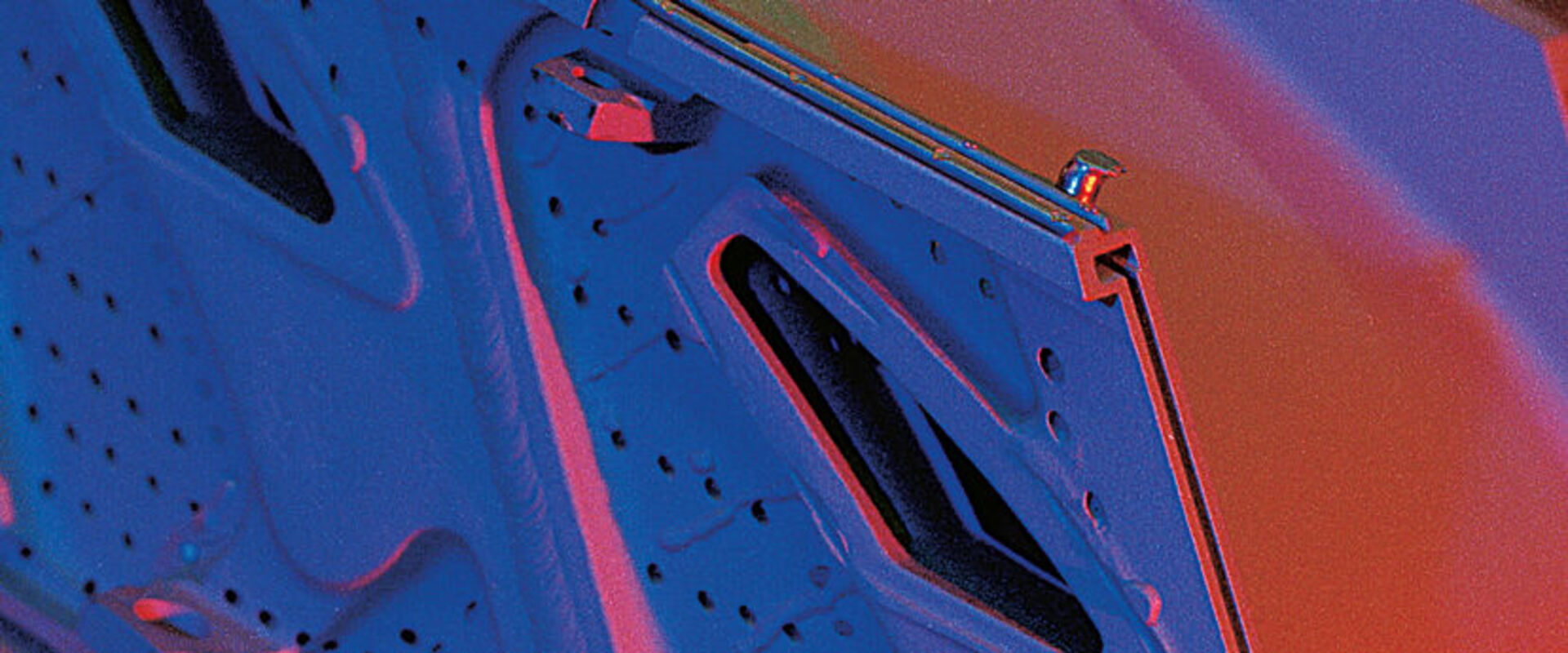Effective heat treatment
We use various heat treatment processes to ensure that components have a uniform microstructure and the requisite hardness. MTU Aero Solutions offers you access to these processes.
Annealing processes
To achieve a uniform microstructure and proper hardness, normalizing, soft annealing, recrystallizing and stress relieving are used.
Hardening processes
To prolong the life of components, they are hardened and tempered.





